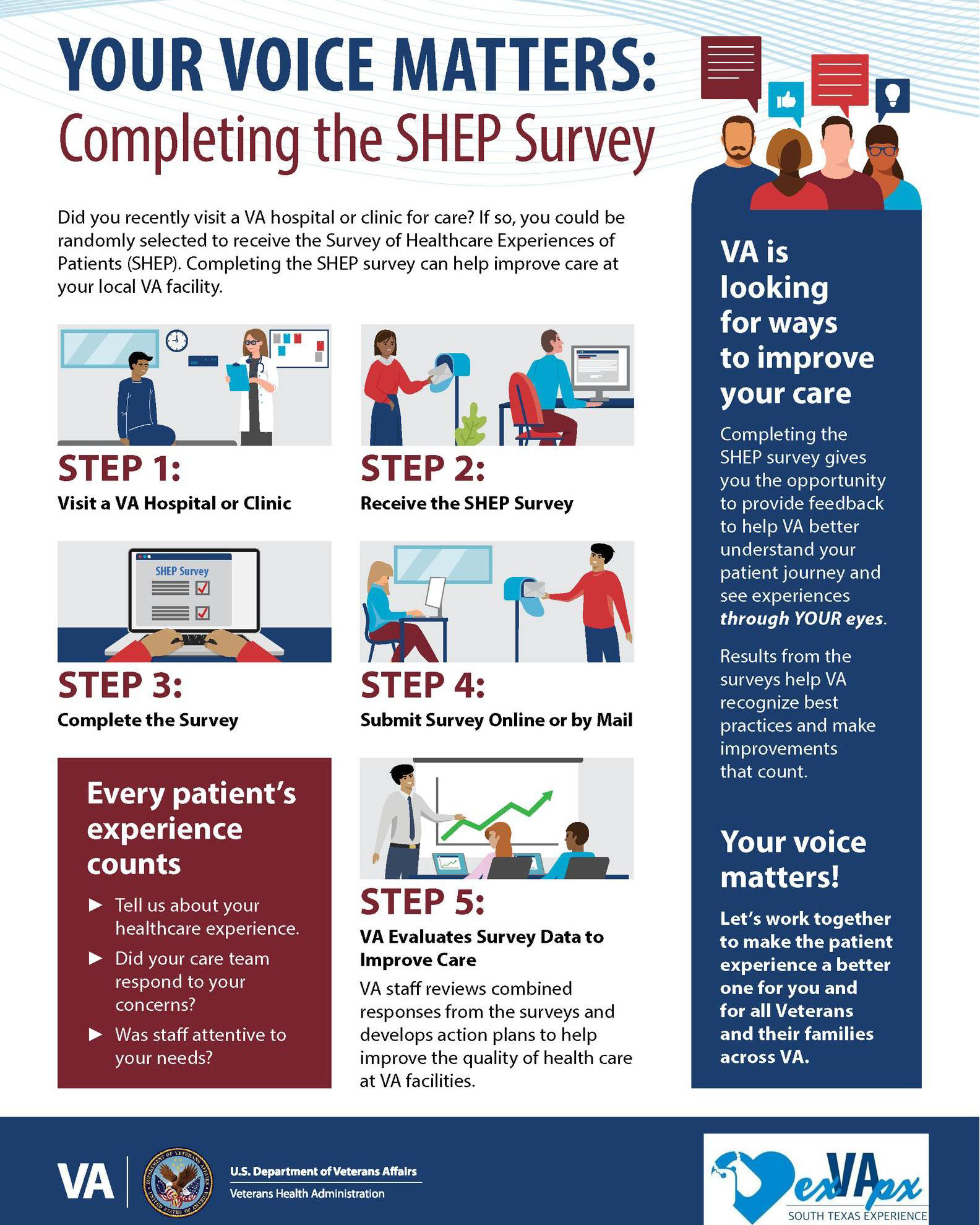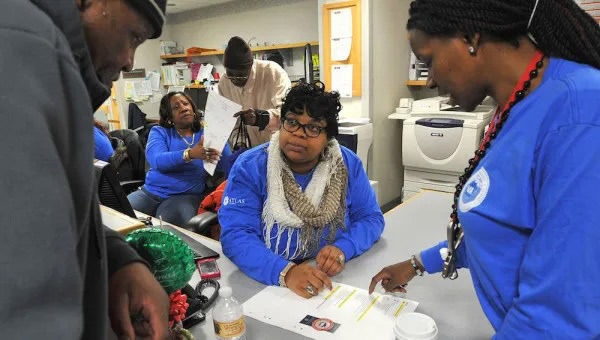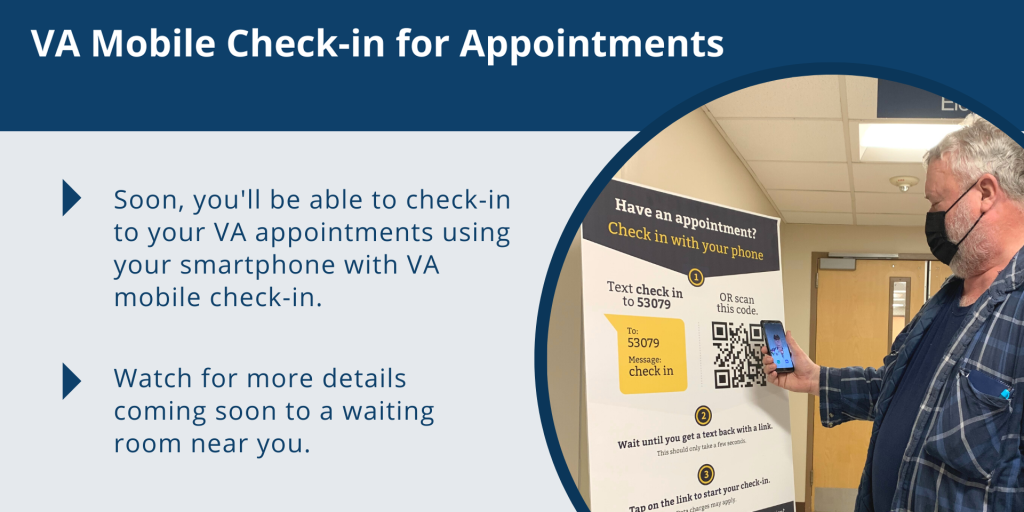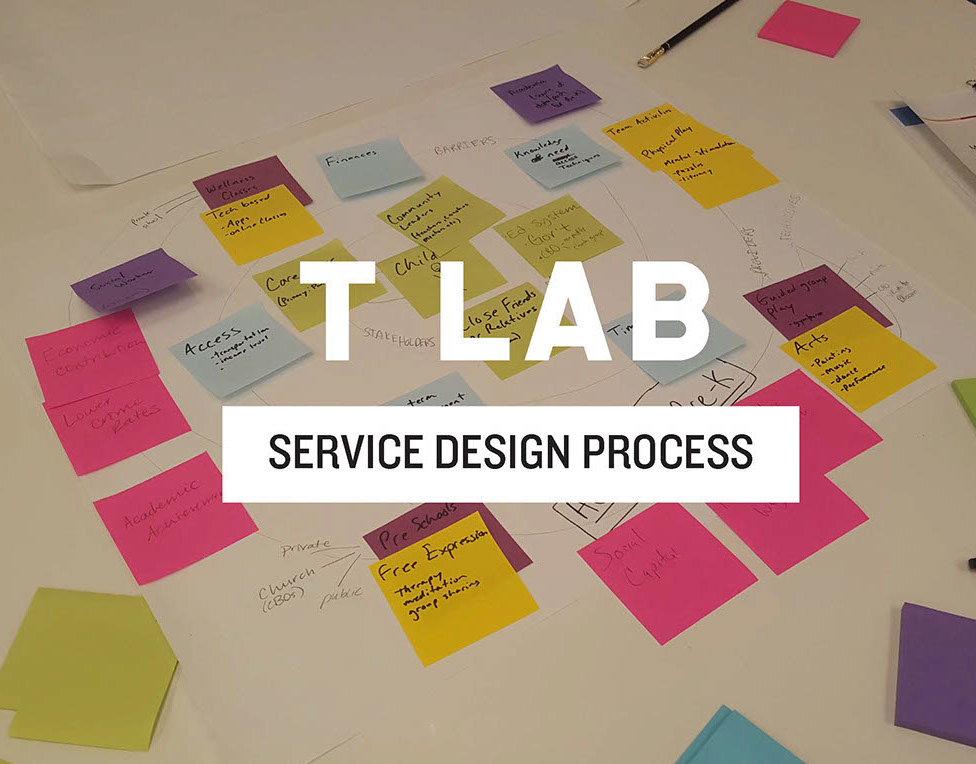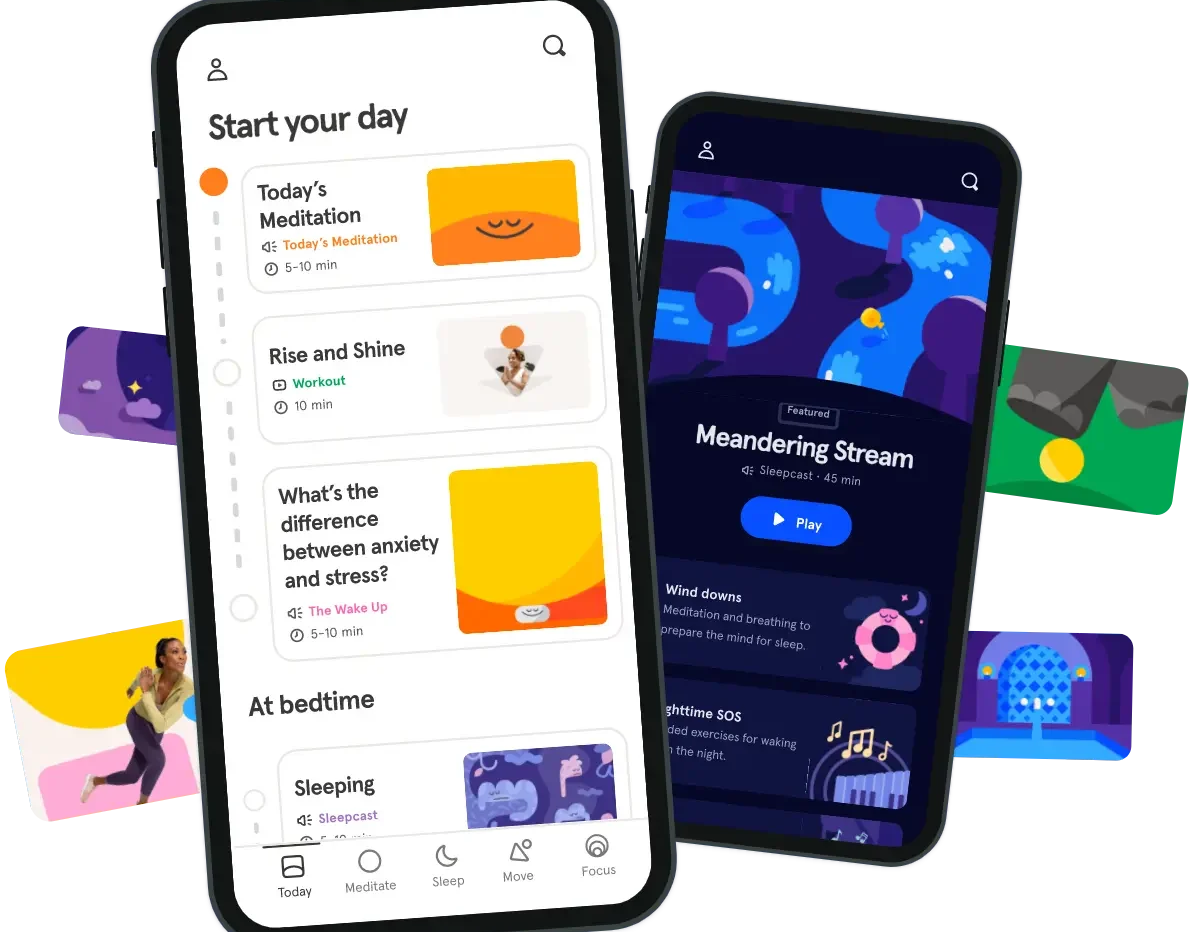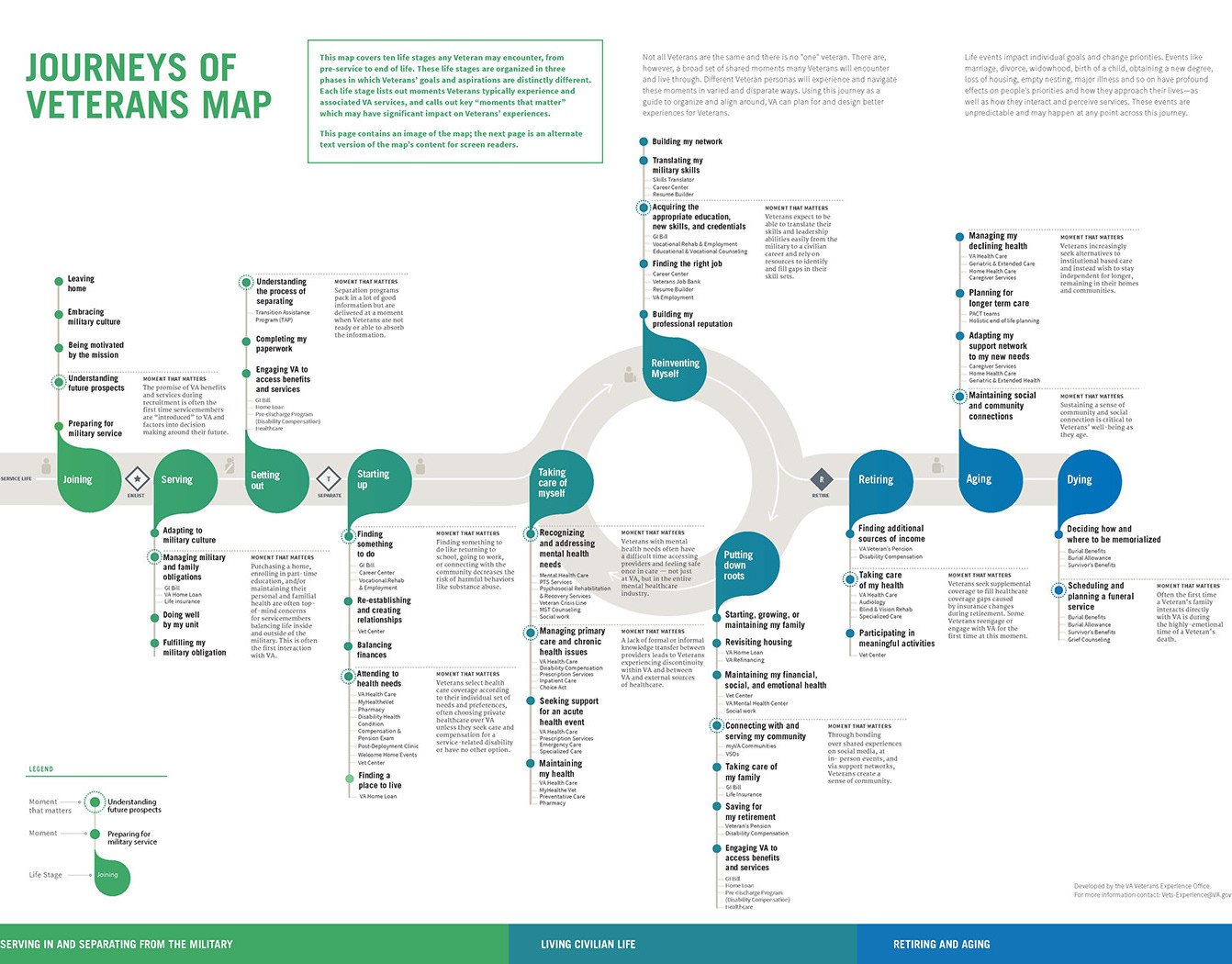It is challenging for Veterans to provide feedback and for employees to respond and resolve issues appropriately. Designed to respond to both Veteran and employee needs, this digital tool allows Veterans to submit feedback quickly, and simplifies employees workflows.
Key contributors: Han Wang, Ana Monroe, Deloitte/Doblin consultants,VEO team
My role: UX, Design Research, Creative Direction, Stakeholder Management
The Problem
After joining the project in midflight, our design team took on task of researching some of the initial assumptions that helped frame the development of the VA Feedback Tool concept. For example, one of the core insights centered on the complex and variable channels through which Veterans currently submitted feedback to VA. There was a clear opportunity to simplify the technology and process of receiving and managing feedback. Furthermore, the way the feedback is documented, addressed and evaluated was just as complex, and also changed from location to location. We lead research to better understand the root causes of these issues, to ensure we were focused on solving the right problems.

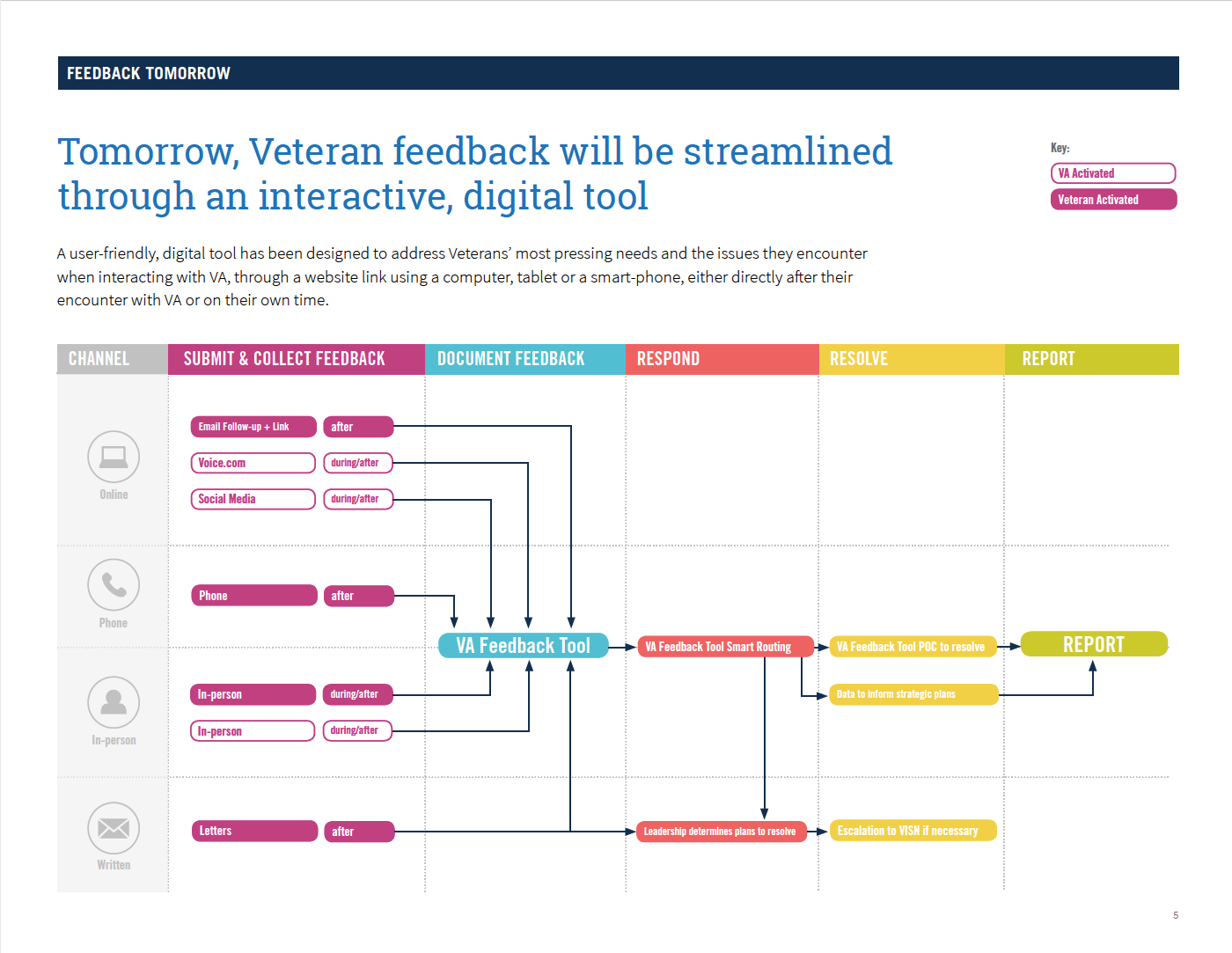
The Initial concept
The original concept utilized a digital tool to route issues directly to the relevant service (for example the pharmacy for issues with medication), so that Veteran could receive realtime support.
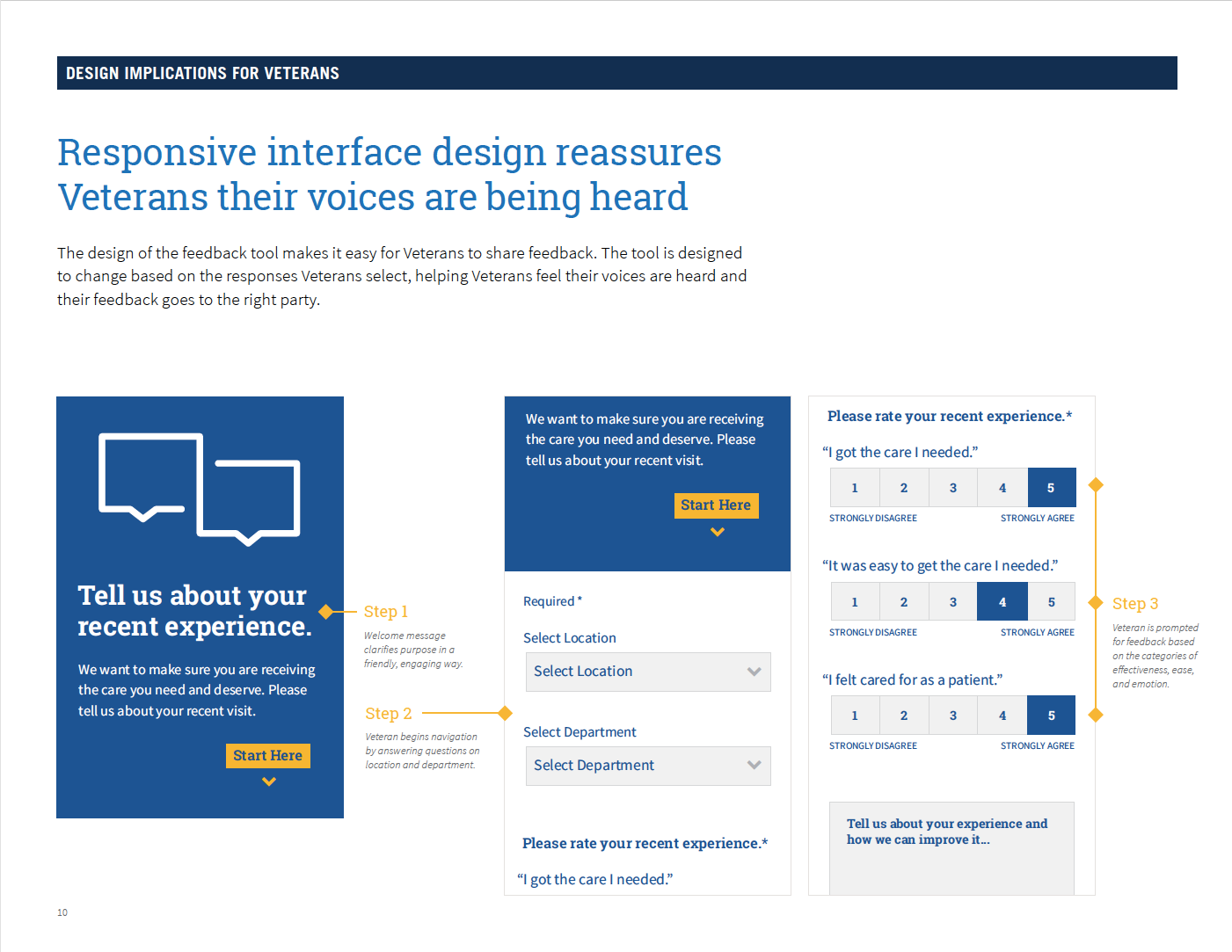

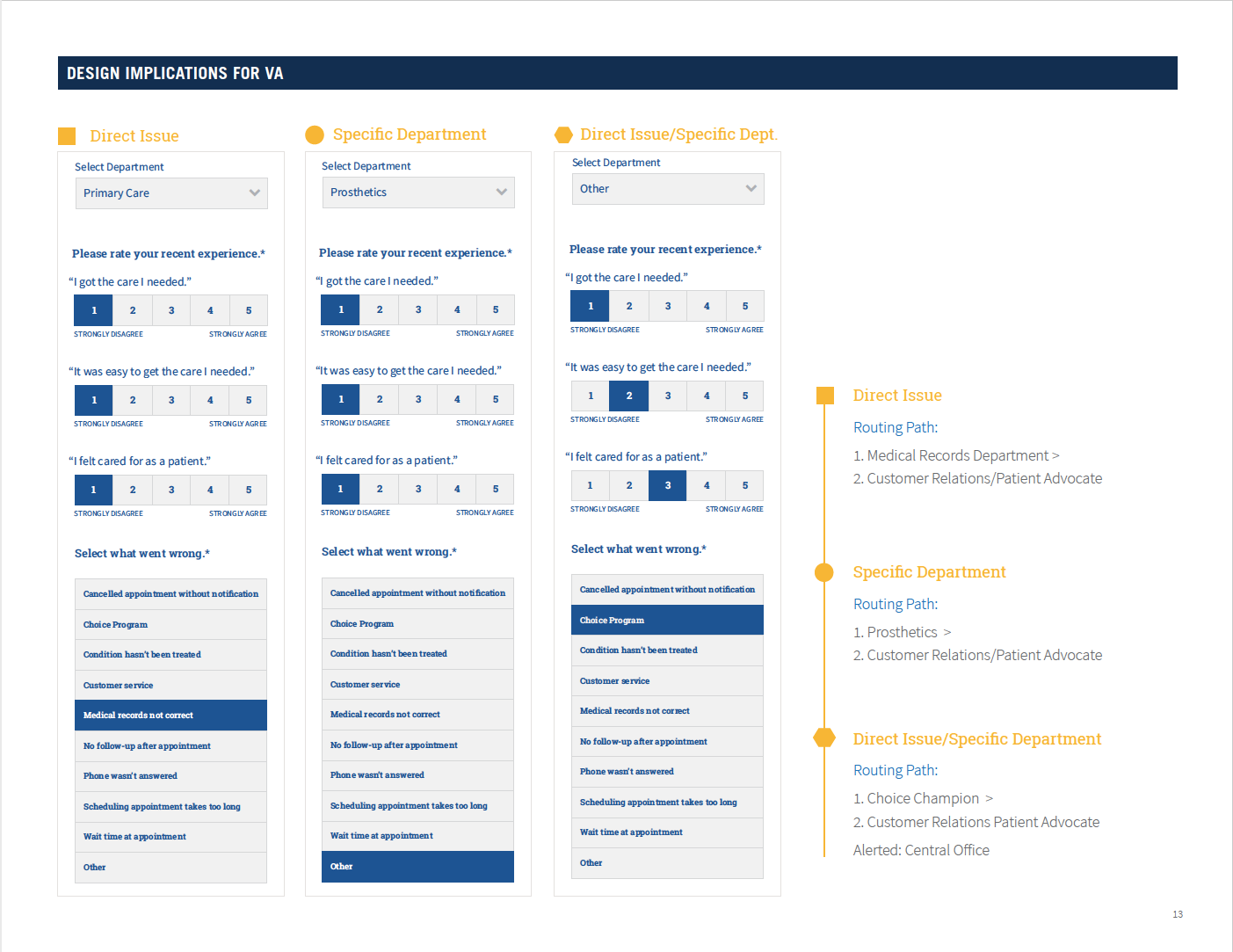
Research
We led serval rounds of user testing and co design with veterans and caregivers moving from card sorting to paper prototypes and finally digital prototypes. Through a mix of intercept and scheduled interviews we rotated key stakeholders so that they could hear insights and see how people used the product first hand. This inclusive approach was crucial for gaining consensus later in the project.

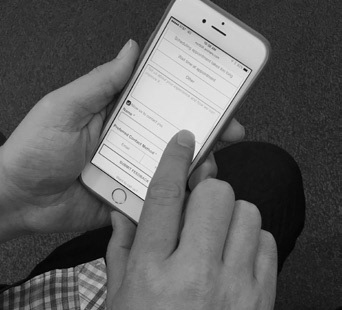
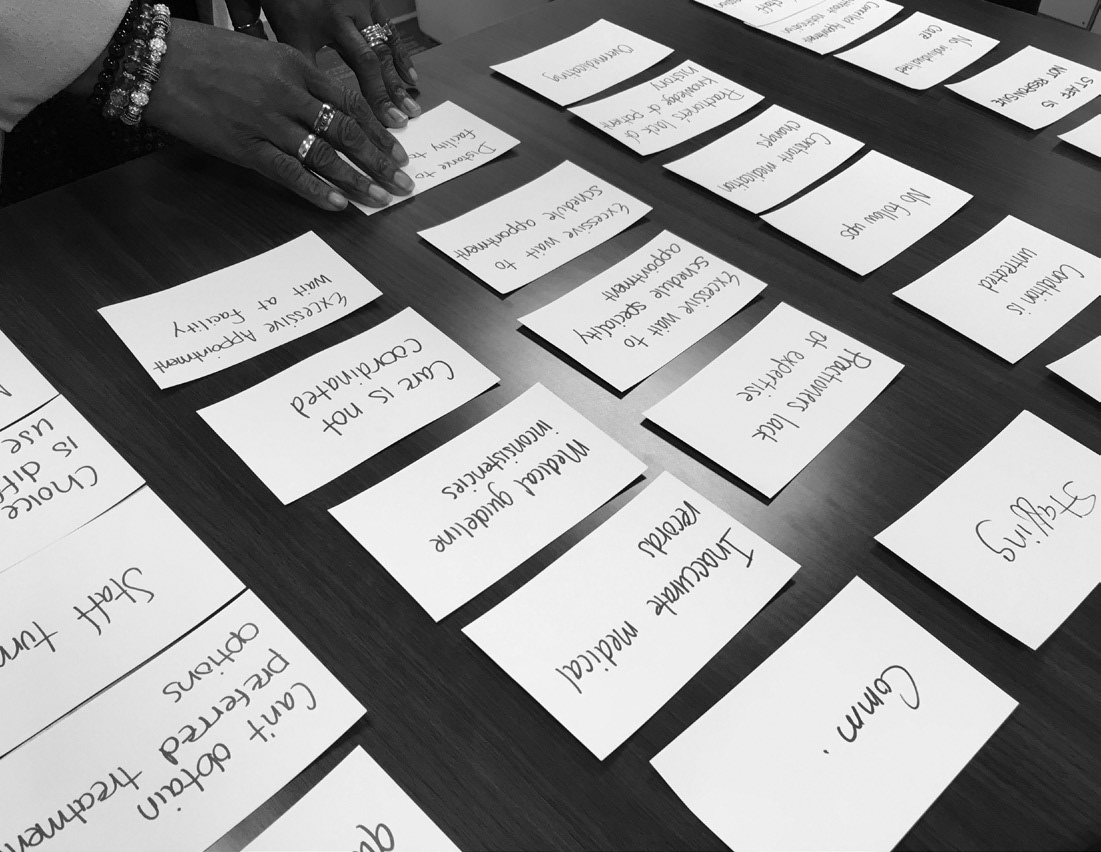
Insights
From our field research we learned that Veterans don't expect or desire realtime support from VA. Furthermore, we found that they don't know enough about the issue or about the VA system to properly identify the service line causing an issue in order to route their feedback directly. A Veteran might be upset because of a prescription issue, but the root cause of the issue could be their primary care doctor or even the brand making the medications.
While we disproved some of the original hypothesis, we also validated others. Vets and employees were overwhelmed by the complex options for providing feedback. Employees and leaders told us they need better ways to track feedback to identify trends and root causes.
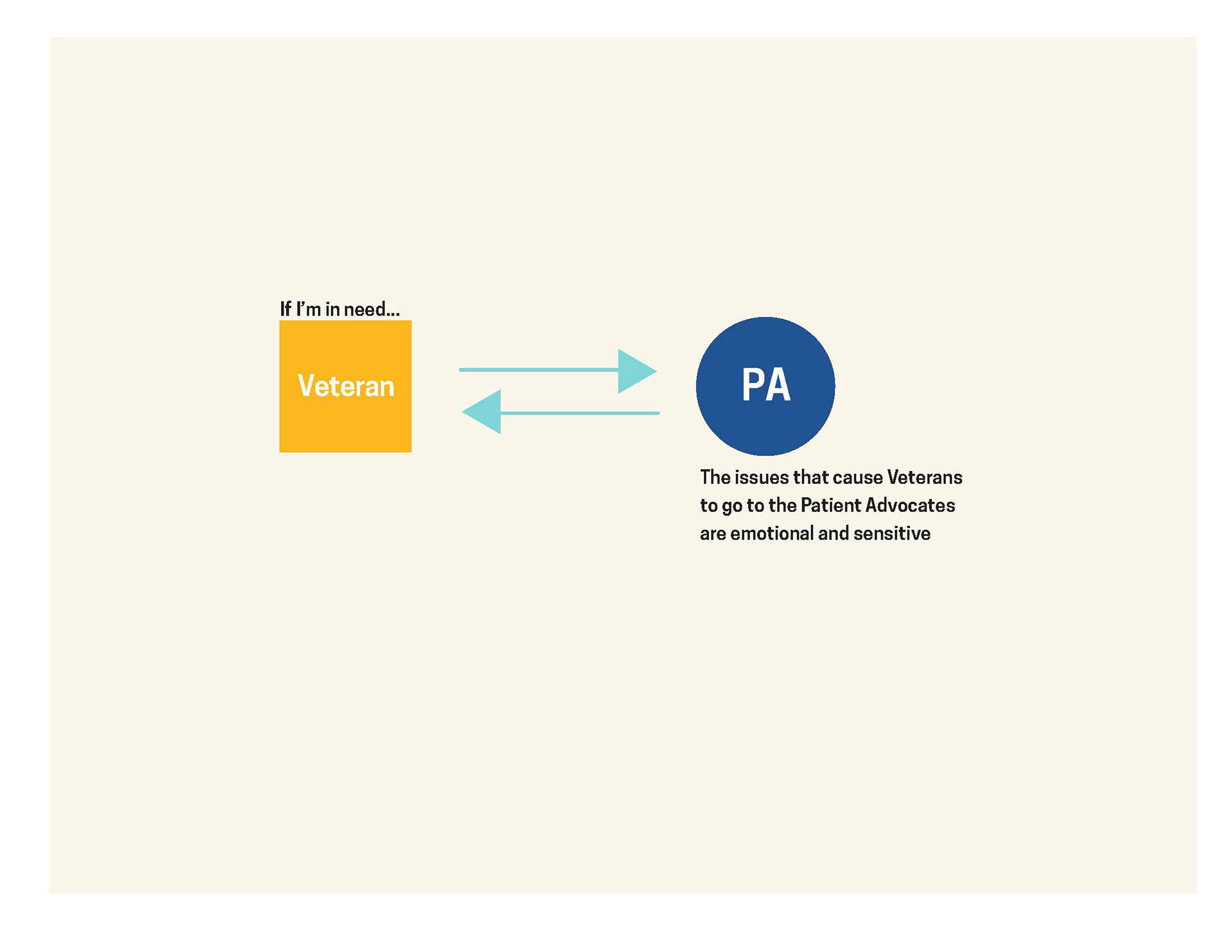


Final concept
The final proposal shifts the focus from providing real time feedback directly to service lines, and instead highlights the efficiencies of providing a direct digital channel to patient advocates. Patient advocates are an existing role in each facility tasked with receiving and addressing feedback. The new iteration of the feedback tool provides digital tools to boost the patient advocate role, rather than replace it.

Key insights from the research phase
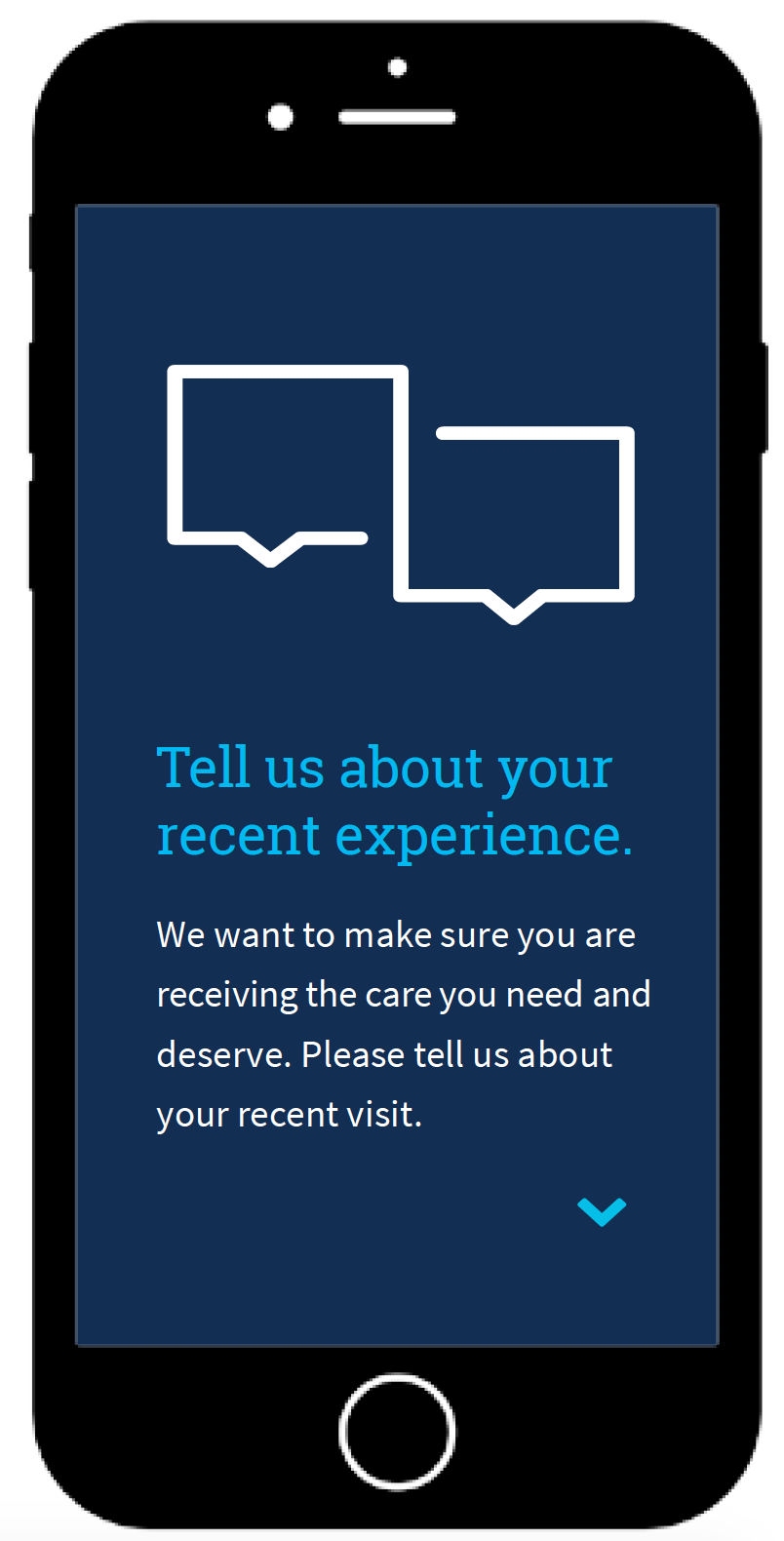
VA Feedback Tool Landing page
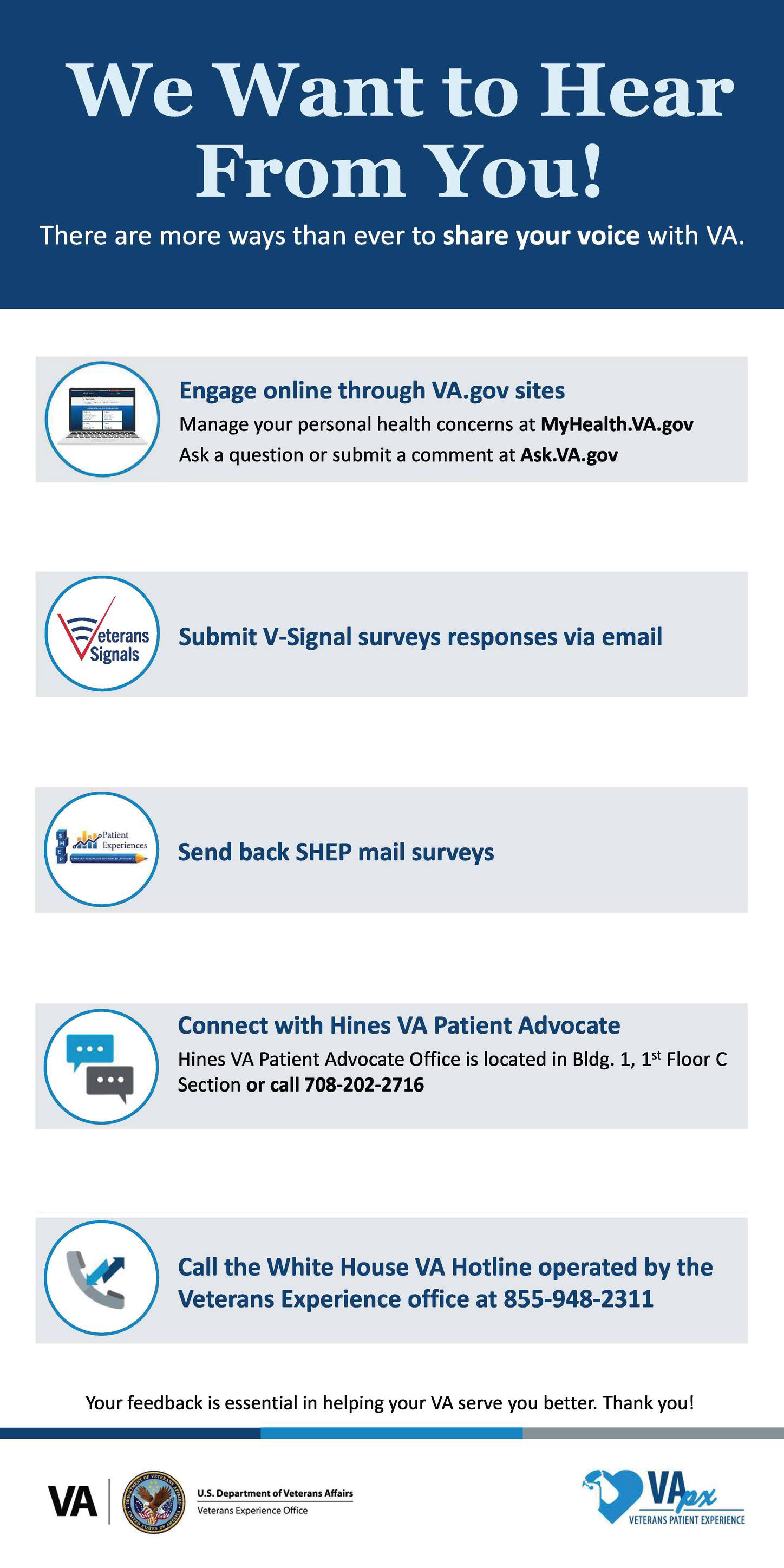

Moving beyond digital to have a lasting impact
Our research validated the need for improved digital tools, and just as we originally intended, we supported the VA in building a new app to capture and route feedback. However, in true Service Design form, our impact went well beyond the screen. We also helped to develop the Own the Moment Training program to teach VA staff how to capture and improve the patient experience. Our project ultimately led to several new way to gather feedback through in person reporting, on site kiosks, app and web based surveys and more. We also helped VA understand how feedback fit into the Veteran and their caregivers entire end to end experience, highlighting the opportunity to build feedback into the check in experience and other key touch-points. You can learn more about our impact through the links below:
All these years later, it's a delight to read articles like those above and see our work still having a measurable impact on patient experiences, and improved utilization of Patient Advocates
"Since the inception of this program we have seen a marked rise in our Veterans Experience, leading to a 6% decrease in the use of our Patient Advocates between July 1, 2018 and January 31, 2019. The Madison VAMC’s trust score continues to rise from last year, and is currently 92.6%."
"VA’s trust has improved from 47% to 79% over the past six years."
"The use of the “right information” isn’t exclusive to the Madison VAMC though. Through Veterans Signals, VA reported last year that 92% of all VA medical centers improved in their trust score."


